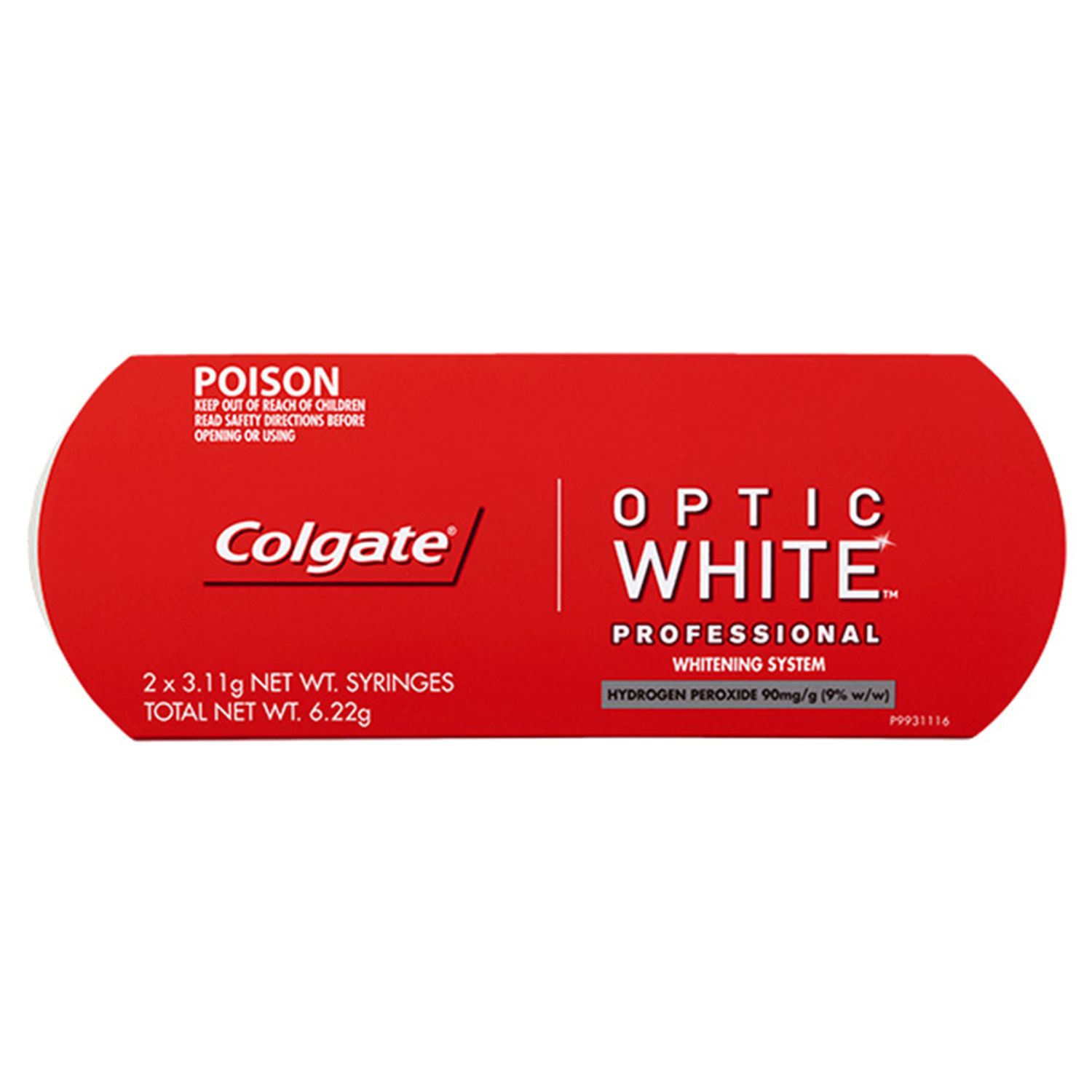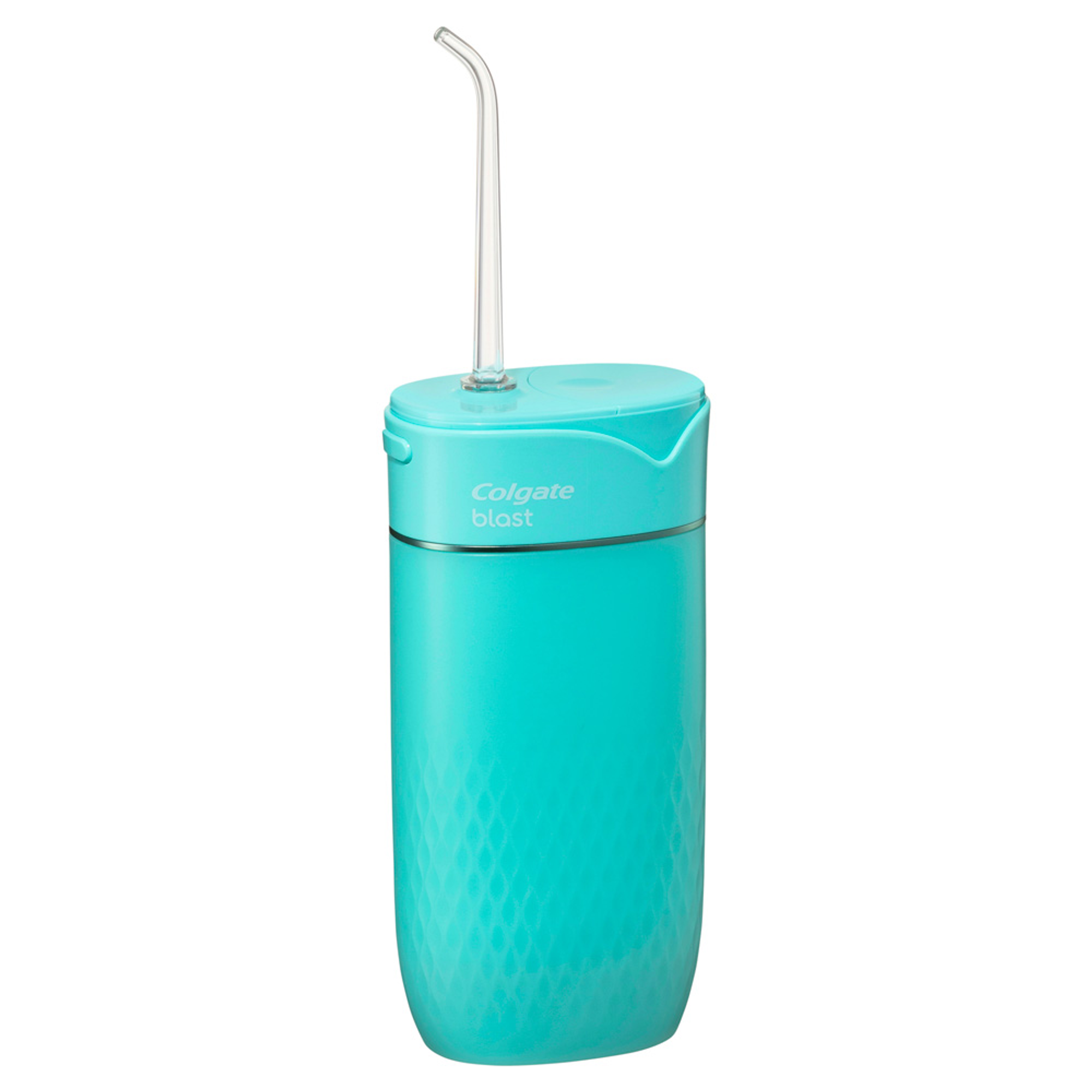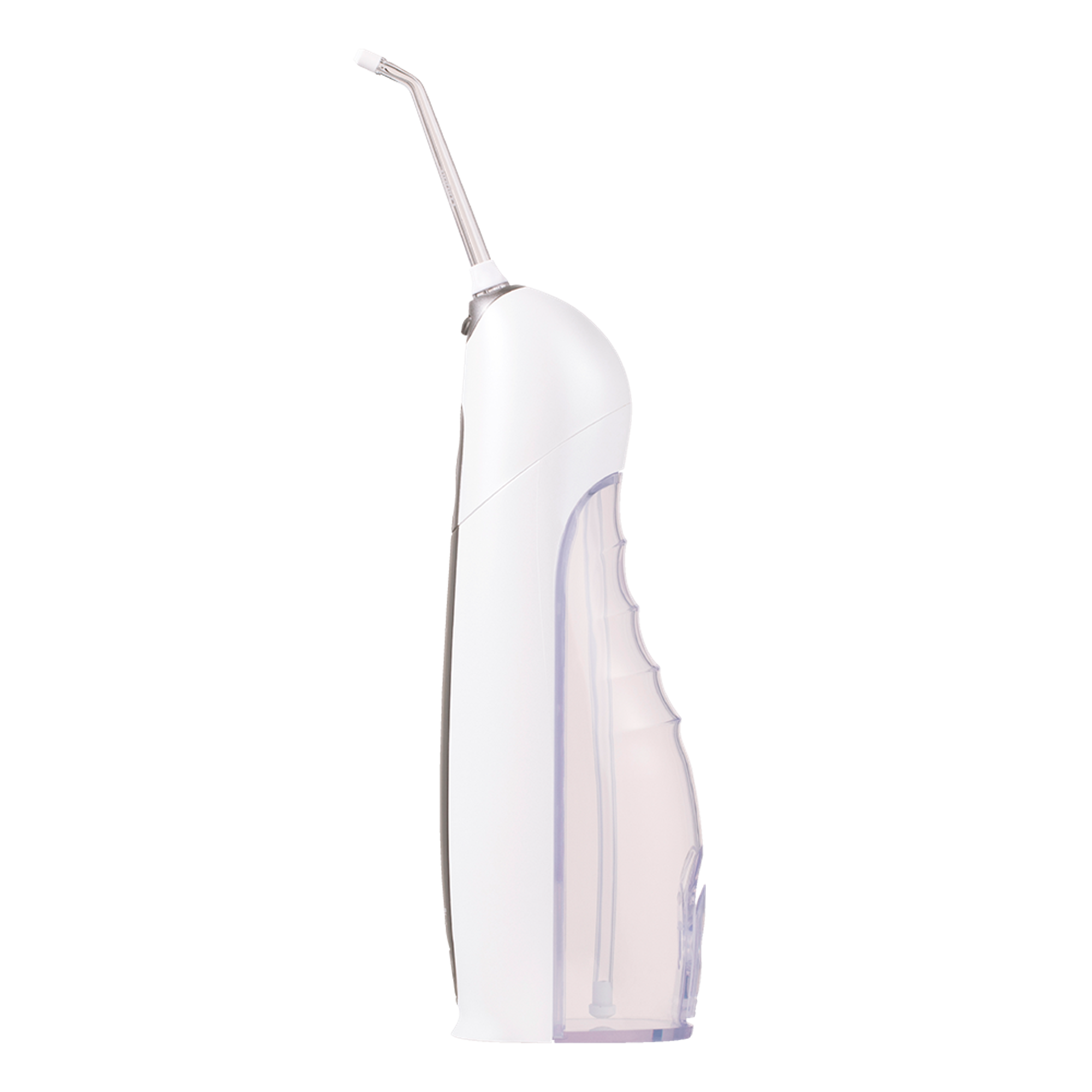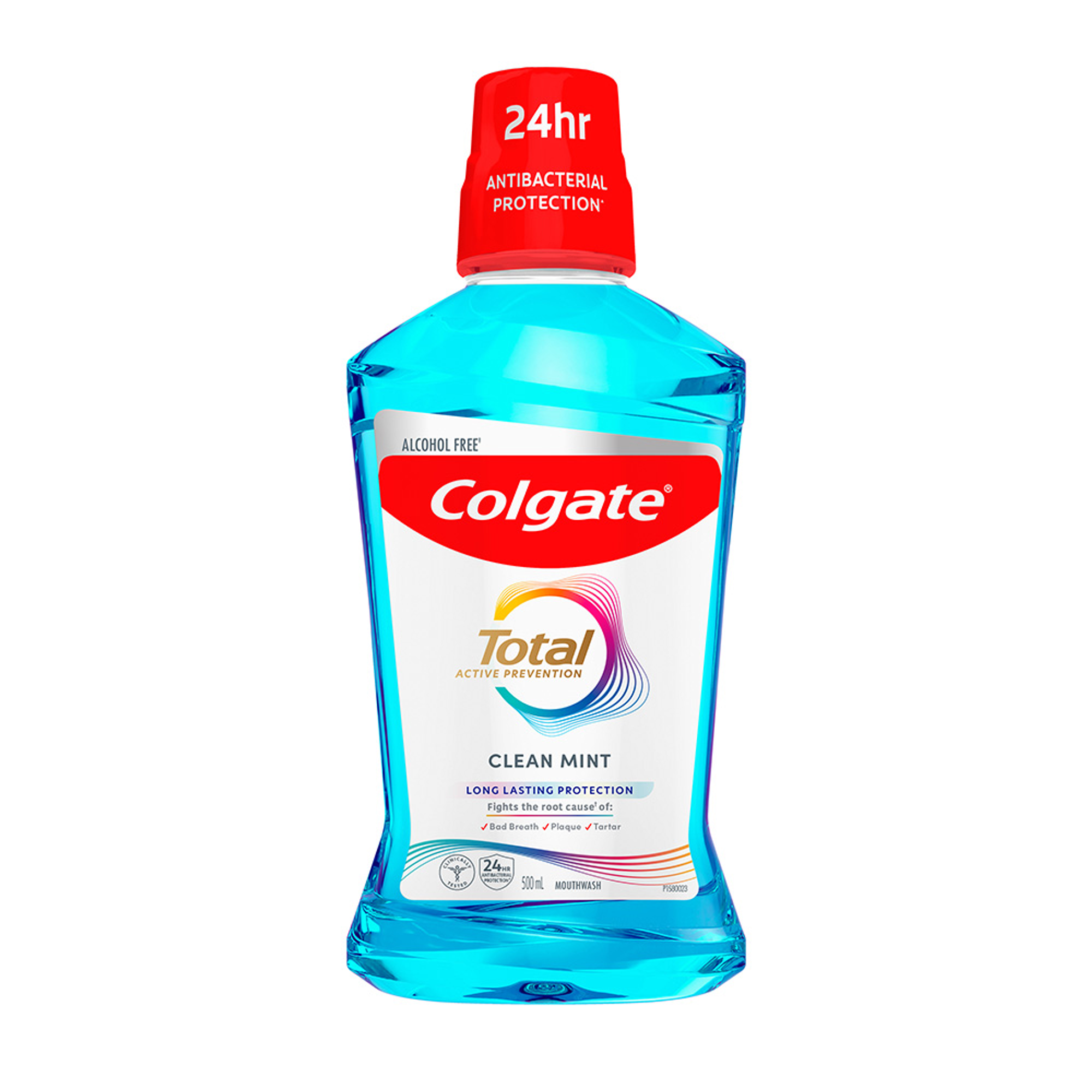
Teeth whitening is one of the most commonly requested treatments by patients, and there are many reasons why patients will want to whiten their teeth1. Tooth whitening provides a conservative means to improve a patient's smile, as well it can be used as an adjunct to an overall restorative treatment plan. Helping patients to understand the different whitening options available, and if they are a suitable candidate, are all important topics as you consider whitening.
Expectations of whitening
Prior to recommending any whitening products for your patient, it is important to have a conversation with your patient about their expectations after whitening. Patients should understand existing restorations will not whiten, and that certain teeth shades are a little more resistant to whitening2. The darker the teeth are at baseline, the longer the tooth whitening process becomes. Gray or blue staining is less amenable to bleaching than yellow staining.3 If your patient does have anterior teeth with restorations make sure you advise that after a whitening treatment these may appear darker and therefore will need to be replaced, as part of the overall treatment plan.
It is also important to talk with your patient about what to do after they whiten their teeth as part of the maintenance of their whitening treatment, as they can experience relapse over time. Discussing diet with your patient is also important, as high staining foods and drinks such as red wine and coffee are notorious for staining teeth.
Choosing the appropriate procedure
Some of the biggest deciding factors for our patients, when considering whitening treatments, are time and cost. More and more patients are time poor, and many are unable to implement a structured routine for take-home whitening in order to achieve the results. For these patients, in-chair whitening treatment is ideal, as it enables them to achieve faster results. The Colgate Optic White Light Up In-Chair system uses a unique 10% hydrogen peroxide serum and an Indigo LED device to achieve up to 5.9 shade whiter in just a thirty minute treatment*. This short treatment time is perfect for time poor patients, and it is also a plus for dental practitioners, as finding time in the dental schedule for traditional in-chair whitening treatments which can take up to two hours, can often be a challenge.
In-chair whitening is, however, traditionally more expensive, so if cost is an issue for patients, at-home whitening is a great option to be able to offer your patients. The Optic White Light Up Take Home, is to be used for 10 minutes a day for ten days to provide up to 7 shades whiter teeth. Patients do need to be committed to implementing a structured routine, and use the whitening product for the indicated time to achieve the results .
Whitening Maintenance
After a whitening treatment, both in-chair and take home, patients will often ask how long their whitening results will last. This is always a difficult question to answer, as there are many factors that can influence whitening relapse such as diet, oral hygiene behaviour and habits, such as smoking. As general guidance, the literature does state that results can last up to 18 months to two-years, however some patients may see regression in their results sooner than this.3 There are different options you can offer your patients to assist with the maintenance of their whitening. There is a Refill Pen available for patients to use as part of their at home maintenance with both the Optic White In-Chair and Take Home kits. This is a great way for patients to touch up their whitening results after treatment. In addition to this, a whitening toothpaste such as Colgate Optic White Pro Series can assist with both intrinsic and extrinsic stain removal for patients.
Take away
Talking to your patient about the options available to them for whitening starts and ends with good conversation. Helping them to decide what to use and providing them with great resources to follow up with will ensure your patient is happy with their results.
*Refer to leaflet for full instructions
Reference
Carey CM. Tooth whitening: what we now know. J Evid Based Dent Pract. 2014 Jun;14 Suppl:70-6. doi: 10.1016/j.jebdp.2014.02.006. Epub 2014 Feb 13. PMID: 24929591; PMCID: PMC4058574.
Alqahtani MQ. Tooth-bleaching procedures and their controversial effects: A literature review. Saudi Dent J. 2014 Apr;26(2):33-46. doi: 10.1016/j.sdentj.2014.02.002. Epub 2014 Mar 12. PMID: 25408594; PMCID: PMC4229680.
Karina Irusa, Islam Abd Alrahaem, Caroline Nguyen Ngoc, Terence Donovan,Tooth whitening procedures: A narrative review,Dentistry Review, Volume 2, Issue 3, 2022,100055,ISSN 2772-5596,
https://doi.org/10.1016/j.dentre.2022.100055.
Join us
Get resources, products and helpful information to give your patients a healthier future.
Join us
Get resources, products and helpful information to give your patients a healthier future.










